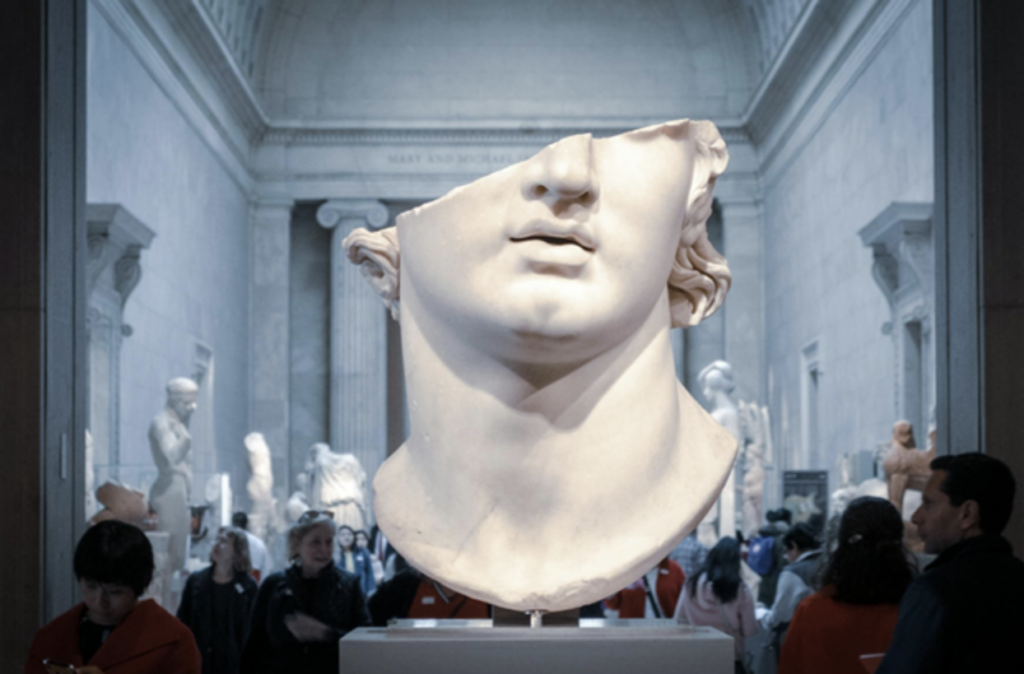
Moving large-scale art pieces is no small feat. These magnificent works require special handling, meticulous planning, and expert execution. Whether you are an artist, gallery owner, or art dealer, understanding the intricacies of transporting sizable artworks is essential. This article delves into the unique challenges and considerations of moving large-scale art pieces, offering insights and best practices to ensure a successful transition.
Understanding the Importance of Proper Handling
Handling large-scale art requires more than just strength. The fragility of materials used in these artworks, such as canvas, wood, or glass, makes them susceptible to damage. Improper handling can result in scratches, tears, or structural damage, ultimately devaluing the piece. It’s essential to recognize that the care taken during the moving process can significantly impact the artwork’s condition and longevity.
Assessing the Artwork’s Requirements
Before embarking on the moving process, assess each artwork’s specific requirements. Take the time to evaluate its size, weight, material, and any unique features that might influence how you transport it. For example, heavy sculptures may need specialized equipment for lifting, while delicate paintings may require climate-controlled transportation to prevent warping or cracking. Understanding these factors helps tailor your moving approach to each piece, ensuring optimal care throughout the journey.
Next, consider the piece’s weight. Heavy sculptures or large canvases often require specialized equipment for lifting and transporting. Relying solely on manual labor can lead to accidents or damage, so dollies, hoists, or forklifts may be necessary. It’s also crucial to account for the vehicle’s weight capacity to prevent overloading, which can compromise safety during transit.

Preparing the Artwork for Transportation
Preparation is key when it comes to moving large-scale art pieces. Begin by cleaning the artwork thoroughly to remove dust and debris. This step is crucial, as any particles left on the surface can cause scratches during the moving process. Once cleaned, take detailed photographs of the artwork from multiple angles. These images record the artwork’s condition before the move, providing documentation in case of any damage during transport.
When it comes to packaging, use high-quality materials that provide adequate protection. Consider using custom-made crates or boxes that fit snugly around the artwork for paintings. Use bubble wrap or foam padding to cushion the piece and secure it firmly within the crate. For sculptures or three-dimensional works, ensure the base is stable, and the piece is anchored within the container to prevent shifting during transit. Proper preparation sets the stage for a smooth and safe moving experience.
Engaging Professional Movers Specializing in Art
When it comes to moving large-scale art pieces, it is invaluable to enlist the help of professional movers with expertise in handling artwork. These specialists understand the nuances of transporting art and have the equipment and knowledge to do so safely. They can offer services such as climate-controlled transportation, custom packaging, and insurance options to protect the value of the artwork.
Before hiring a moving company, conduct thorough research. Look for reviews and testimonials from previous clients, particularly those who have moved similar artworks. Inquire about their experience, methods, and safety protocols. A well-established art moving company will have a proven track record of successfully transporting large-scale art pieces, giving you peace of mind.
Ensuring a Safe Transportation Environment
The environment where you transport large-scale art pieces is critical in preserving their condition. Extreme temperatures and humidity levels can cause irreversible damage, particularly to artworks made from sensitive materials. When moving, prioritize climate-controlled transportation options to mitigate these risks. Maintaining a stable temperature and humidity helps prevent warping, cracking, or fading.
If transporting art over a long distance, consider scheduling breaks during the journey to monitor the artwork’s condition. Frequent checks allow you to ensure that everything remains secure and that no environmental factors negatively impact the pieces.

Navigating Logistics and Transportation Challenges
Moving large-scale art pieces involves navigating complex logistics. Planning is crucial, from selecting the right transportation method to coordinating schedules with various stakeholders. Based on the distance and urgency of the move, determine whether you’ll transport the artwork via truck, air, or sea. Each method has its advantages and considerations, so weigh them carefully.
Additionally, communicate with all parties involved, including the artists, galleries, or collectors. Provide updates throughout the process and confirm that everyone is on the same page regarding timelines and expectations. Clear communication helps prevent misunderstandings and ensures a smooth transition.
Managing Installation and Unpacking
Upon arrival at the new location, the work isn’t over yet. Properly installing large-scale art pieces is just as important as the transportation process. Depending on the artwork’s size and complexity, you may need professional installation services. These experts understand the intricacies of securely mounting or displaying large pieces without causing damage.
Before unpacking, ensure the environment is ready to receive the artwork. Check for adequate lighting, stable surfaces, and any necessary tools for installation. Once everything is set, carefully unpack the artwork using the same attention to detail applied during the preparation and packing stages. Take your time during this process to avoid rushing and potentially causing damage.
The Role of Technology in Art Transportation
Technology is significant in transporting large-scale art pieces in today’s digital age. Utilizing digital inventory management systems helps track artworks throughout the moving process, ensuring accountability and transparency. High-resolution imaging technology allows for detailed documentation of the artwork’s condition before and after the move.
Additionally, GPS tracking systems provide real-time updates on the artwork’s location during transport. This feature enhances security and allows for proactive communication with stakeholders regarding potential delays or issues.
Addressing Insurance and Liability Concerns
Insurance is crucial when moving large-scale art pieces. Despite taking all necessary precautions, accidents can still happen. Protecting the value of the artwork with appropriate insurance coverage provides peace of mind throughout the moving process. Work with your insurance provider to ensure adequate coverage that reflects the artwork’s value and any potential risks associated with transport.
When engaging professional movers, inquire about their insurance policies as well. Reputable art moving companies will offer liability coverage in case of damage during transit. Understand the terms and limitations of these policies to ensure you have a comprehensive safety net in place.
Understanding Customs Regulations for International Moves
If your move involves crossing international borders, familiarize yourself with customs regulations regarding art transport. Different countries have varying rules and restrictions on importing and exporting artworks, so it’s crucial to understand these regulations well in advance.
Work with customs brokers or legal advisors experienced in art transport to navigate the complexities of international shipping. They can help ensure that all necessary documentation is in order, including certificates of authenticity, export permits, and import declarations. Properly managing customs requirements streamlines the moving process and helps avoid potential delays.
Embracing the Art of Moving
Moving large-scale art pieces requires a thoughtful and strategic approach. By understanding the unique considerations involved, from preparation and transportation to installation and insurance, you can ensure a smooth and successful moving experience. As art industry professionals, artists, and enthusiasts, prioritizing the care and handling of these valuable works demonstrates your commitment to preserving their integrity. With the right planning and expert support, moving large-scale art pieces becomes a logistical challenge and an artful endeavor.
_______________________________
Author Bio:
Frank Lucido is a moving industry expert at AmeriSafe Moving Services, a reputable moving broker that connects clients with trusted relocation companies. Lucido has developed effective strategies for residential and commercial clients, ensuring a smooth and stress-free moving process. His deep understanding of logistics allows him to anticipate challenges and deliver exceptional customer experiences every time.
Source link




